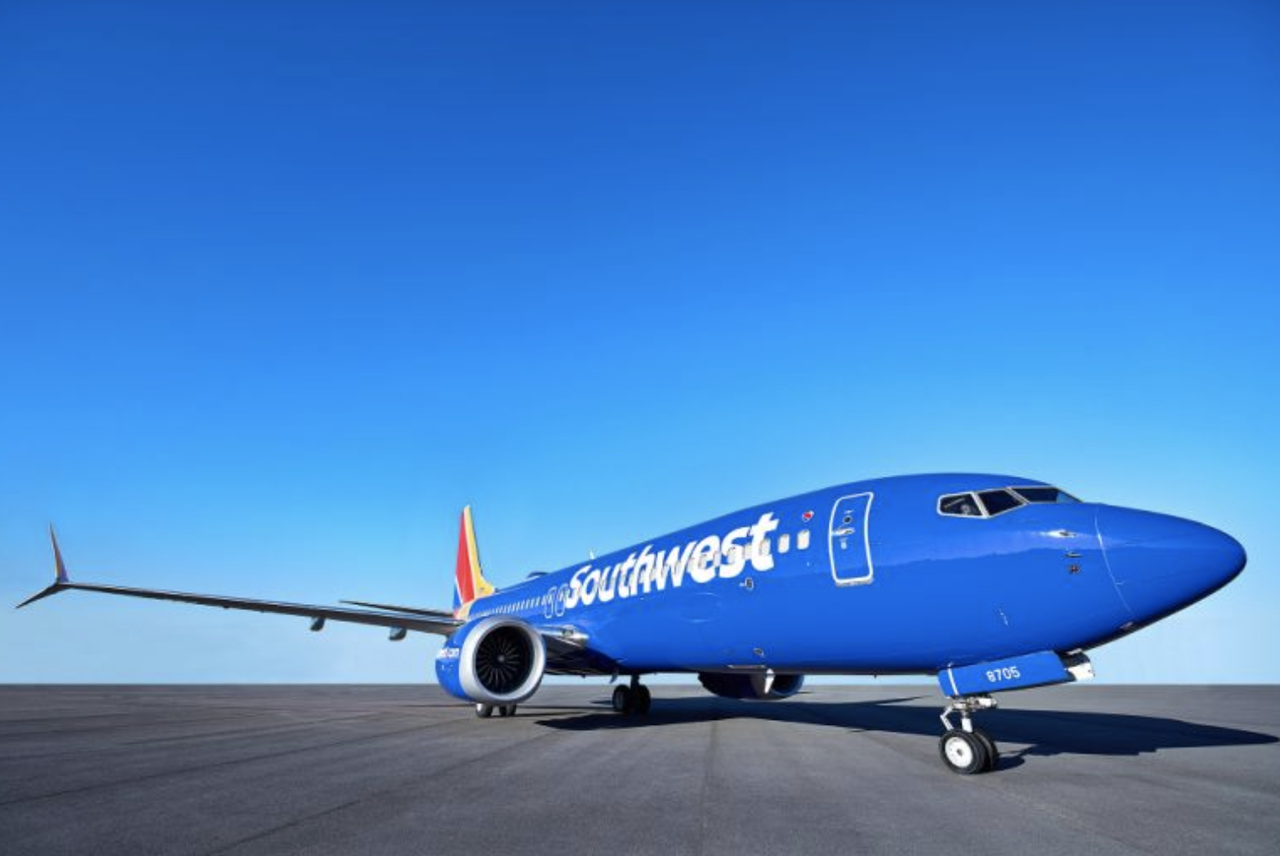The Trump Administration’s FAA still doesn’t have a permanent leader (since the president’s pick is facing opposition in Congress), and in the absence of a coordinated strategy for returning the Boeing 737 MAX 8 to service regulators in other parts of the world have started taking a more active role in setting standards that Boeing must meet before the company’s ‘workhorse’ passenger plane receives permission to once again fly the friendly skies.
According to the FT, the European Aviation Safety Agency has set out a detailed list of topics in a letter addressed to Boeing senior management, as well as its US counterpart.
EASA has been working with the FAA to review changes to the software proposed by Boeing. But additional issues have surfaced in recent weeks that will likely extend the timeline needed for Boeing to implement proposed changes to its MCAS anti-stall software. Malfunctioning MCAS systems are believed to have contributed to deadly crashes in Jakarta and Ethiopia that caused the deaths of all 346 people on board.
While the FAA’s standards for lifting the flight ban are still murky, the letter sent by the EASA makes its criteria for lifting the ban abundantly clear.
“These are things that need to be resolved before EASA lifts the ban on the Max. Some of them are being worked on but not yet all to its satisfaction,” one person familiar with the situation said.
Here’s a rundown of the five issues outlined by the EASA, per the FT report.
- Resolve a new software flaw in the 737 MAX’s flight control system identified during simulator training by the FAA. During simulations, the on-board computer appeared to become overloaded, and it took the pilots too long to save the plane from a stall. This is the issue that prompted Southwest Airlines, the largest 737 MAX customer, to delay reintroduction of the plane until at least Oct. 1.
- Boeing and the FAA must assess whether the average pilot has enough physical strength to turn the trim wheel in the cockpit.
- Review how the plane’s autopilot software engages and disengages when the plane approaches a stall.
- Review the crew’s procedures for handling multiple emergency alerts.
- Assess the apparent failure of the angle of attack sensors in the planes that crashed. Since MCAS relied on data flowing in from just one sensor, faulty readings were left unchecked, and the system reportedly triggered incorrectly.
EASA declined to comment to the FT, and Boeing declined to comment on the letter, aside from reiterating that it plans to “engage with regulators and provide information as we work towards the safe return to service for the Max.”
Meanwhile, the FAA – which faces suspicion after waiting so long to ground the 737 MAX, and for lapses during the approval process for the plane – said it continues to work closely with other validating civil aviation authorities, and insisted that the FAA and EASA are on the same page.
via ZeroHedge News https://ift.tt/2Xu4VQh Tyler Durden
